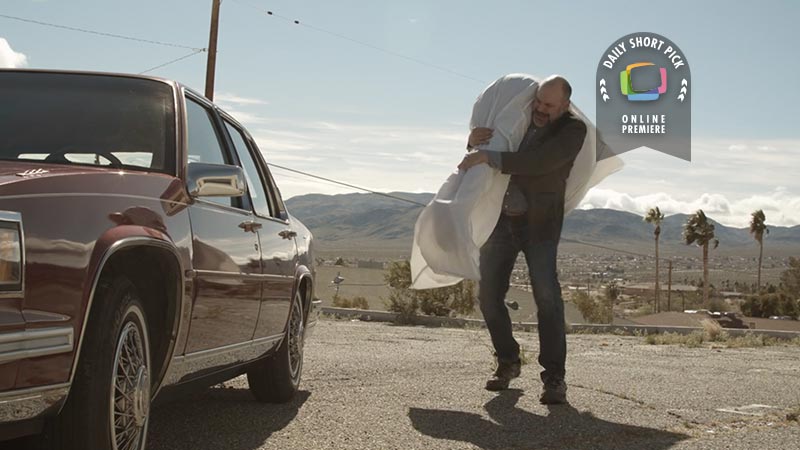Antonio José Martínez Palacios was going to be the biggest Spanish musician of the 20th Century. Unfortunately, he was incarcerated and executed without a trial at the age of 33, at the beginning of the Spanish Civil War, with an unfinished vast body of work.
Marco Flores Dance Company and I try to pay him tribute revisiting and rethinking his music.
“Contemporary art is not better nor worse than any previous art. It’s the one we need.”
Director’s Vision for ‘A Body Is’
Marco Flores (the choreographer and main dancer in the film) gave me a call in the middle of the confinement: since his company couldn’t go on tour because of the mobility restrictions they had time to think on ideas to develop. One of them revolved around the life and death of Antonio José Martínez Palacios.
Antonio José Martínez Palacios was going to be (in the words of musician Ravel) the most important Spanish musician of the 20 th Century. Unfortunately, he was incarcerated and executed without a trial at the age of 33, in 1936, at the beginning of the Spanish Civil War. He left a vast and unfinished body of work. I had never heard about him in my life. This is, in part, because Franco’s dictatorship prohibited playing his music and he was longtime forgotten.
Antonio José’s work was about new territories or new ways of doing things. He found and organized traditional and folkloric Spanish music reinterpreting, modernizing and rationalizing it. We wanted to do the same things to his music, Marco Flore’s dancing and my filming.
We chose one of his more choral songs to work with: “¡Ay Amante Mío!” and sent it to musician Tagore Gonzalez to find new territories in the song. He filled the music with what he calls opportunities. Opportunities for dancing and filming. Marco selected a group of dancers to perform it. Traditional Spanish Dance or Flamenco dance is very traditional: Male and female roles are very well defined, and some its structures, rules and movements can be restricting. So we wanted to reinterpret, modernize and rationalize it to make it contemporary.
I applied the same ideas for wardrobe, locations, camera movements, lighting… We wanted to blur the differences between masculine and feminine, make something as free as our little budget could manage, and at the same time be serious and elegant about the work we were doing.
It somehow made sense the moment we were filming it. Music, choreography and all the elements involved in the production were rowing in the same direction. It would have been impossible without the work and passion of a lot of people who imprinted a lot of personality into the final work: Enrique Millan’s cinematography, Sabrina Lazaro’s wardrobe or Rami Arda’s art direction just to give some examples.
The film slowly found its pace in the editing room, but we found out we had something good in our hands the moment in which we showed it to our friends at color grading company GradePunk and the colorists were deeply moved by it.
Antonio José wrote “Contemporary art is not better nor worse than any previous art. It’s the one we need.” I feel like dance, music and film have somehow listened to each other in a way in which departing from classic or traditional backgrounds we have found new ways or territories in which to move forward.



